Description
This stack is designed to provide early childhood educators with strategies they can use to effectively engage children in learning.
What You'll Demonstrate
You will demonstrate how to design and implement classroom experiences that support the learning of children from age three to grade three.
Who Should Apply
- Early childhood teachers,
- instructional coaches,
- and other educational support professionals
Micro-credentials
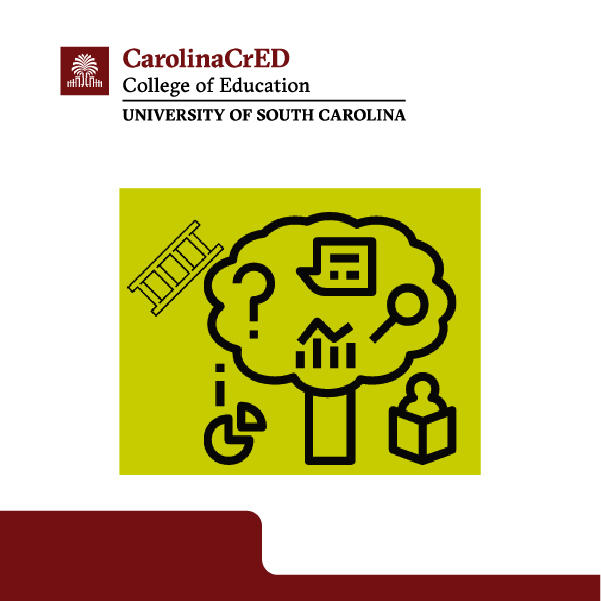
Creating Learning Centers
The educator creates learning centers intended to effectively enhance and enrich children's learning in an early childhood learning environment.
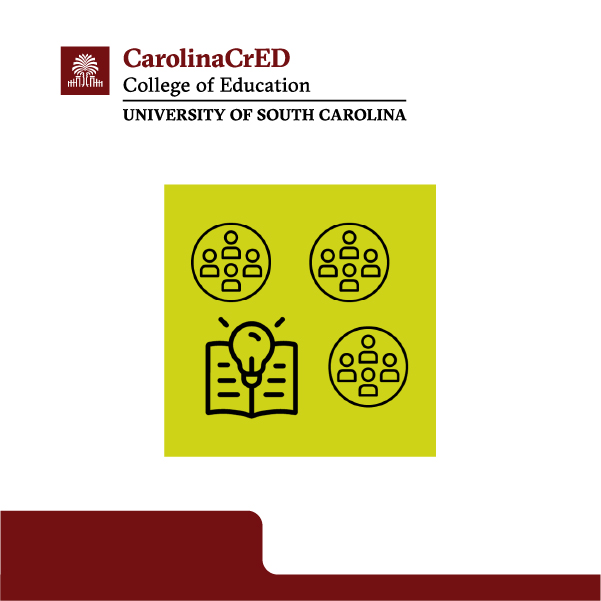
Creating Literacy Opportunities in Centers
The educator incorporates literacy opportunities and materials in play-based centers.

Creating Number Sense Opportunities in Centers
The educator creates play-based centers incorporating number sense opportunities with materials natural to the center.
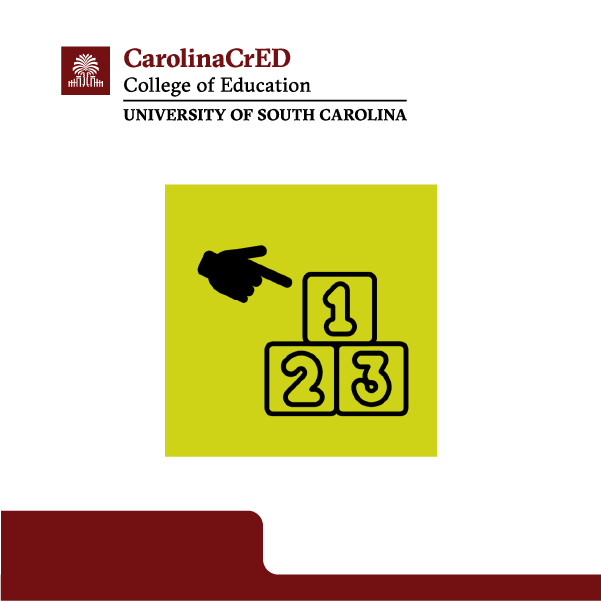
Creating One-to-One Correspondence Lesson
The educator creates a lesson teaching one-to-one correspondence counting concepts.
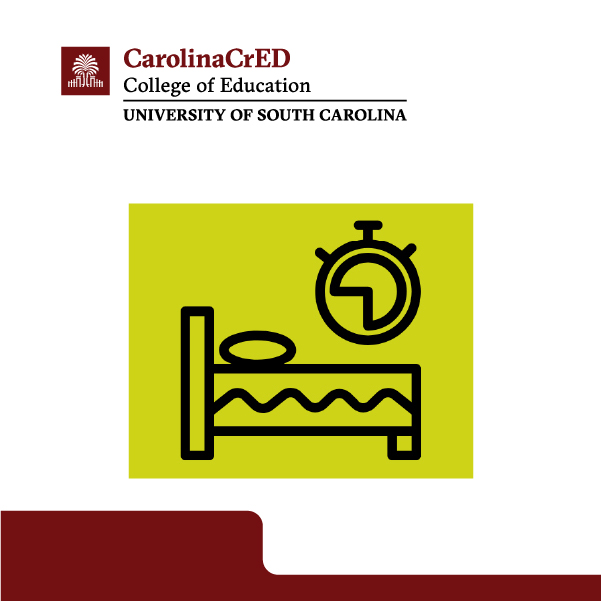
Creating Responsive Routines - Rest Time
The educator creates a rest time routine that is responsive to children’s needs.

Creating Responsive Routines: Arrival
The educator creates an arrival routine that is responsive to student needs.
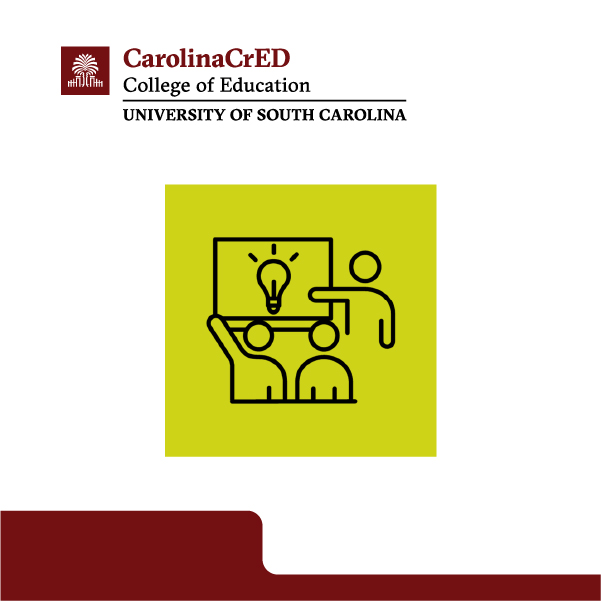
Creating Shared Writing Routines
The educator enacts a shared writing routine intended to enhance and enrich literacy practices in the learning environment.

Creating Writing Opportunities in Centers
The educator creates opportunities for writing in center-based play.

Demonstrating the Handwashing Process
The educator demonstrates competency in the handwashing practices recommended in the fourth edition of Caring for Our Children.
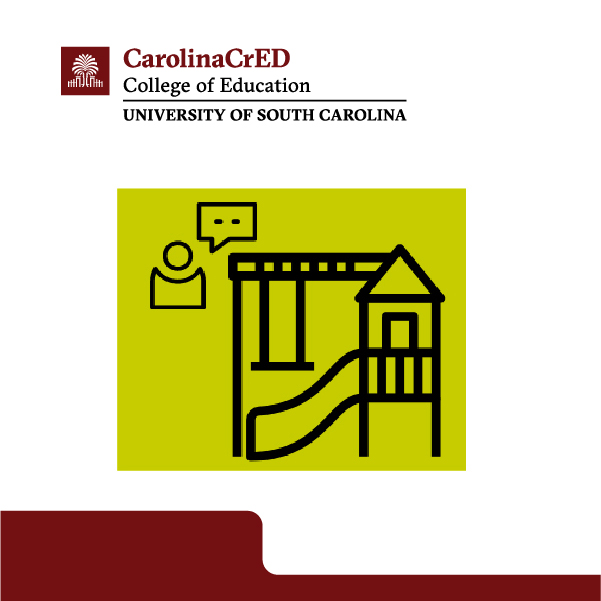
Developing Language Through Play
The educator provides evidence demonstrating how students engaged in various language practices to support language development in the context of play.

Documenting Progress with Portfolios
The educator collects evidence of a child’s development in a portfolio to document progress over time.
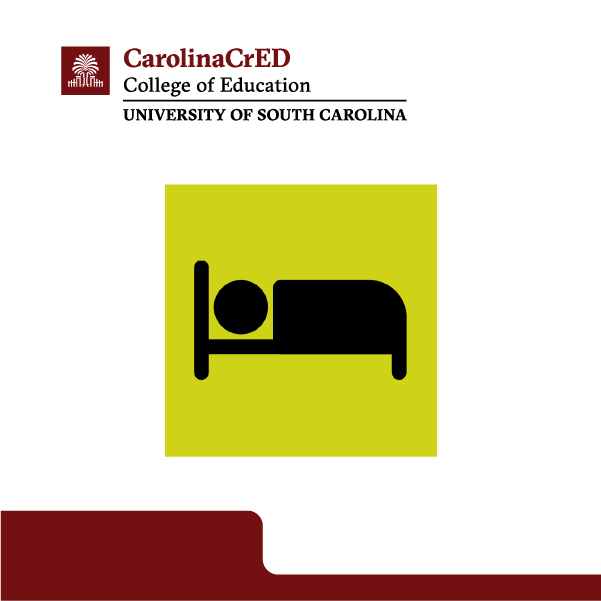
Educating Families on Safe Sleep
The educator develops and implements a plan to communicate the use of safe sleep practices at home to families enrolled in child care.

Embedding Literacy Experiences: Play
The educator provides evidence demonstrating how students engaged with various types of literacy experiences in the context of play.
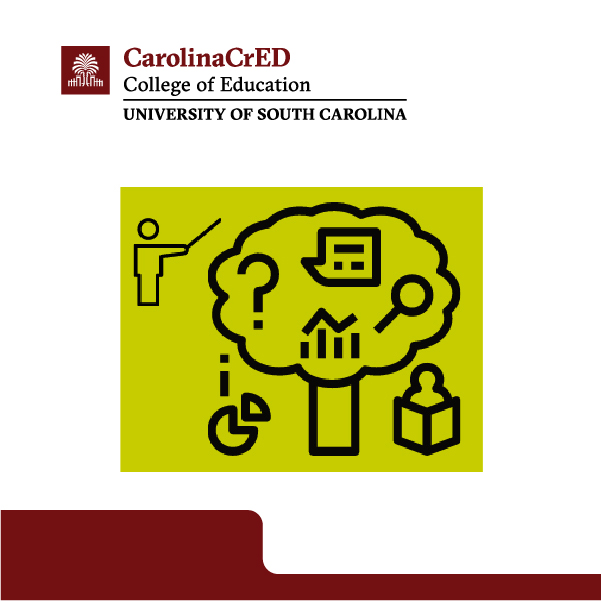
Facilitating Learning Centers
The educator develops and implements a management plan for effective utilization of early childhood classroom learning centers to enhance and enrich children's learning.

Implementing Intentional Movement During Instruction
The educator implements an intentional movement routine for students during the entirety of the instructional day.
Implementing Question-of-the-Day
The educator enacts a question-of-the-day routine intended to enhance and enrich writing and numeracy practices in the learning environment.
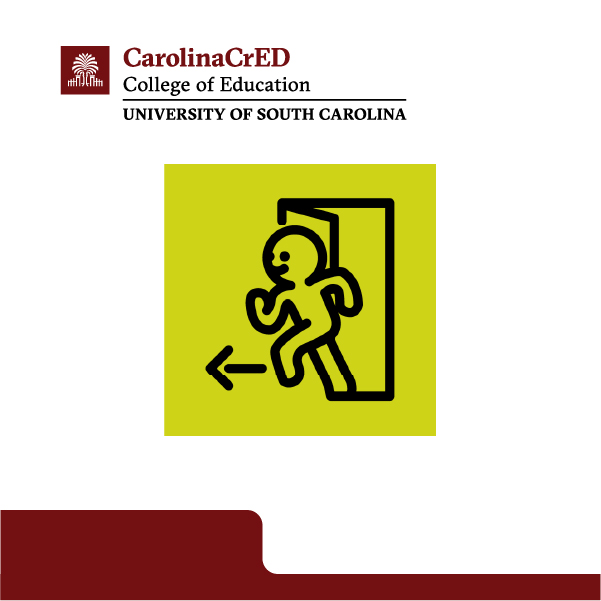
Implementing Responsive Routines-Arrival
The educator implements an arrival routine that is responsive to student needs.
Implementing Safe Sleep Practices
The educator uses the ABCs of Safe Sleep (Alone, Back, Crib) to reduce the risk of infant death due to unsafe sleep.
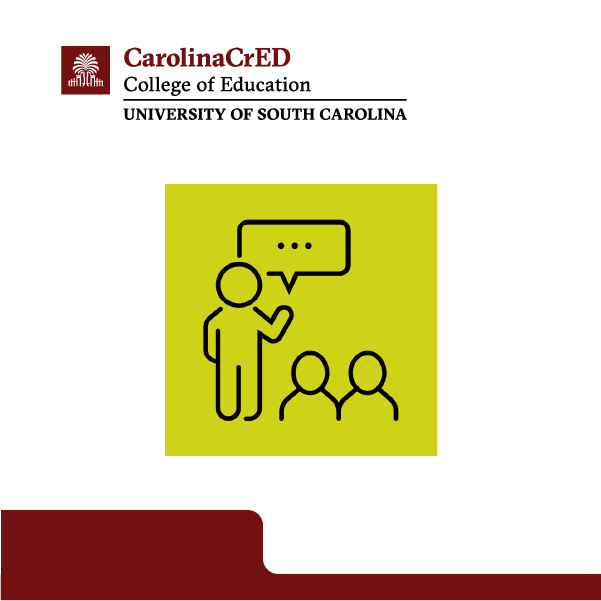
Modeling Self-Talk Strategies
The educator models self-talk strategies intended to teach students problem-solving skills.

Planning: Phonemic Awareness Instruction
The educator demonstrates an understanding of how to plan for effective phonemic awareness instruction.
Using Mindfulness Strategies: Grounding
The educator uses the mindfulness strategy of grounding to support children's emotional regulation in the learning environment.

Using Observations: Next Steps
The educator uses documented child observations to identify developmental next steps outlined in the South Carolina Early Learning Standards.

Facilitating the Handwashing Process
The educator demonstrates methods for conveying the hand hygiene practices recommended in “Caring for Our Children, 4th Edition” to others in the learning environment.